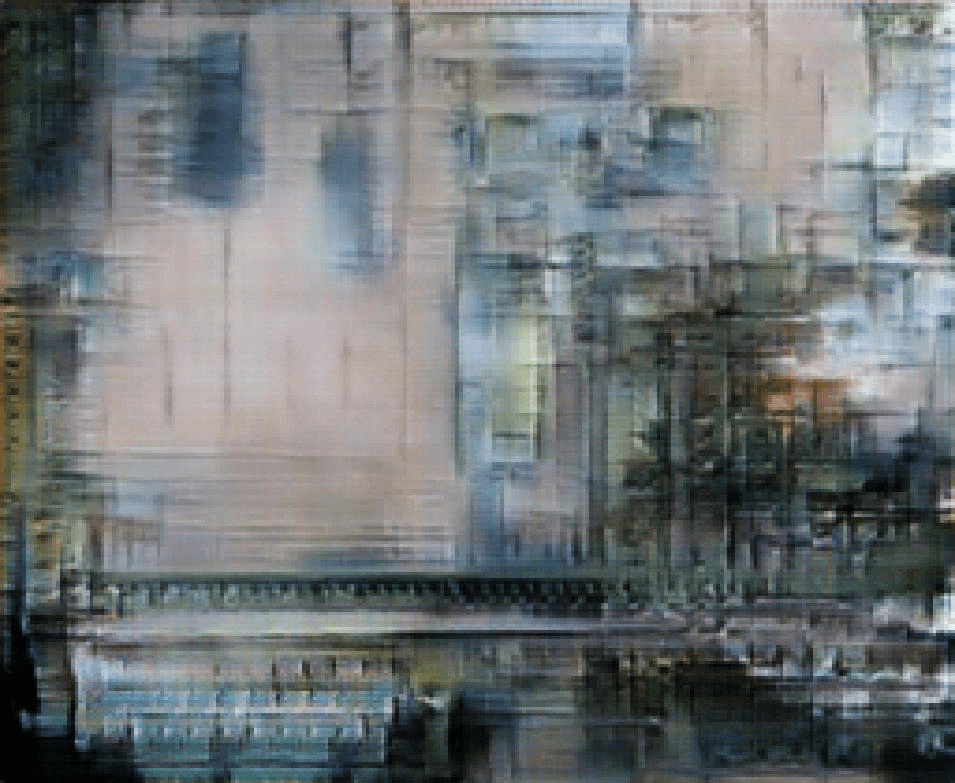A creative look at historical technologies of the archive and the shift from analog to digital.
Written by Lisa Marie Patzer for DaVinci Fest Live, 2020
On exhibition in the Da Vinci Art Alliance gallery during Da Vinci Fest are a series of light boxes created by Philadelphia-based artist Lisa Marie Patzer. The work is part of her exploration of technological innovation and the treatment of archival material.
Historical Reflections on the Archive
The history of the archive reflects an intersection of theory, technology, and training, as archivists have worked to preserve collective memory for the sake of historical record keeping. Archival practices have been highly influenced by the storage, cataloguing, and retrieval technologies available at the time. Before the 19th century, most archival theorists advocated for the storage of all official documents and paperwork, without the archivist making qualitative evaluations about what should be kept and what should be discarded. By 1934, when the National Archives in Washington, DC, was founded, there was a backlog of federal records that was continuing to grow at an unprecedented rate. The role of the archivist shifted from that of a preservationist to the selector of records worthy of preservation. French historian Jacques Le Goff wrote about the politics of archival memory that this shift created.
Le Goff said, “power structures are reflected in institutional decisions about what memories are preserved and those that are forgotten. All acts of societal remembering, in short, are culturally bound and are heavily impacted by those making decisions about what and how to preserve memories.”
With the advent of large electronic storage, which has become increasingly affordable, the archivist’s challenge of selecting material to be preserved was relieved. However, as French philosopher Michel Foucault theorized, the influences of power remained, they only shifted from decisions around what memories should be preserved to the classification and separation of information.
In the 21st century, with automation, machine learning, and artificial intelligence, archival memory can be unbound from personal bias and associative value systems at the individual and institutional level, to instead be managed by algorithms that can learn new associative patterns as the online archive grows. This shift to an online cultural archive managed through machine learning opens up new possibilities for the future of archival memory and archiveology. “Archiveology”, a neologism coined in 2000 by theorist Catherine Russell, is the reuse, recycling, appropriation and borrowing of archival material to create something new. Jussi Parikka, media theorist and professor in technological culture & aesthetics at Winchester School of Art, suggests that “an archiveology of media does not simply analyze the cultural archive but actively opens new kinds of archival action.” With the near obsolescence of analog and celluloid image making processes, there has been a resurgence of interest within the art community to preserve pre-digital archives and use the material to generate new associative meaning.
Preserving the Past Through New Technologies
Starting with a collection of 8mm found-footage films, Lisa Marie Patzer digitized and extracted approximately 10,000 individual images, automating the process with double8scan, a software coded by Björn Roth to detect the perforation on a scanned strip of film and “spit out” the frames as distinct jpeg images. The imprecise identification of black and white pixels caused by color degradation of the aged film left traces of the film frame in the final image; an artifact of the creative process that Lisa Marie embraced.


Once the films were converted into a collection of individual images, Lisa Marie processed them through a series of computerized and hand application techniques. Machine learning software was used to iterate on the images and responding to the computer interpretation, Lisa Marie applied her own associative textures and photo transferred images. The unique collaged images were then printed on rear lit emulsion film and inserted into hand crafted light boxes designed by Lisa Marie and built by Drew Biordi.


The light boxes will be on display at the gallery from October 11-26 with in-person visits possible by appointment.


